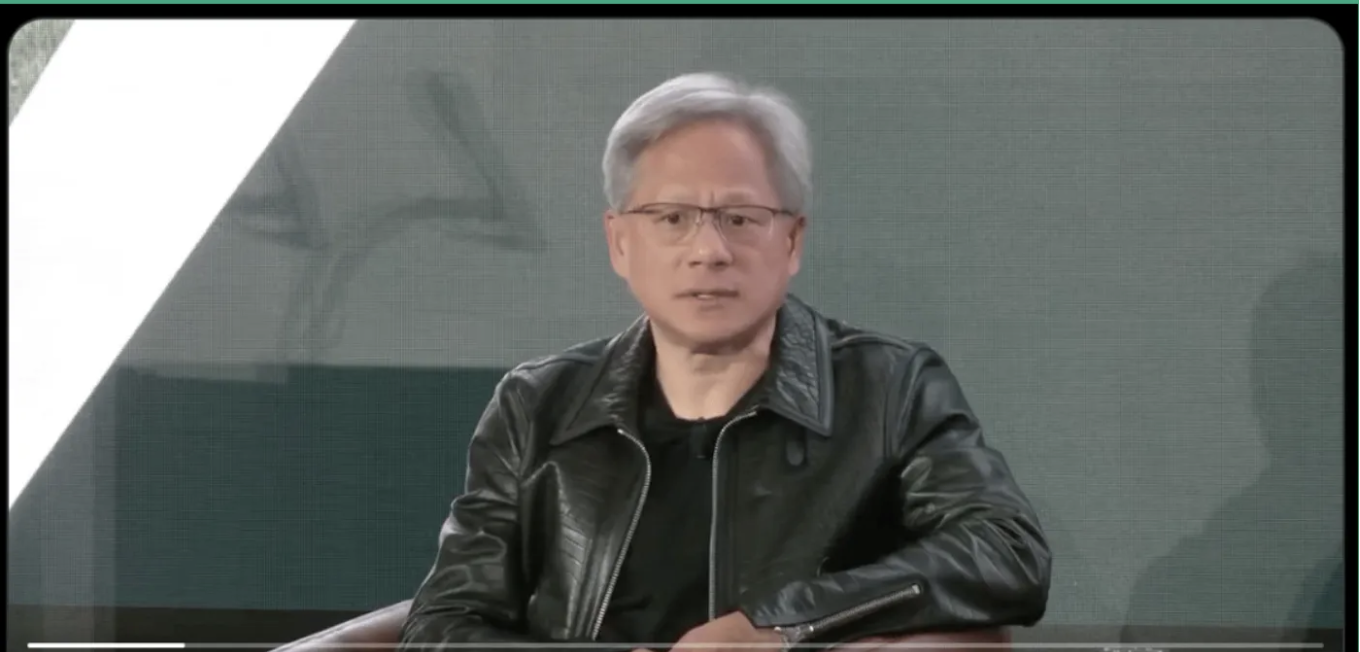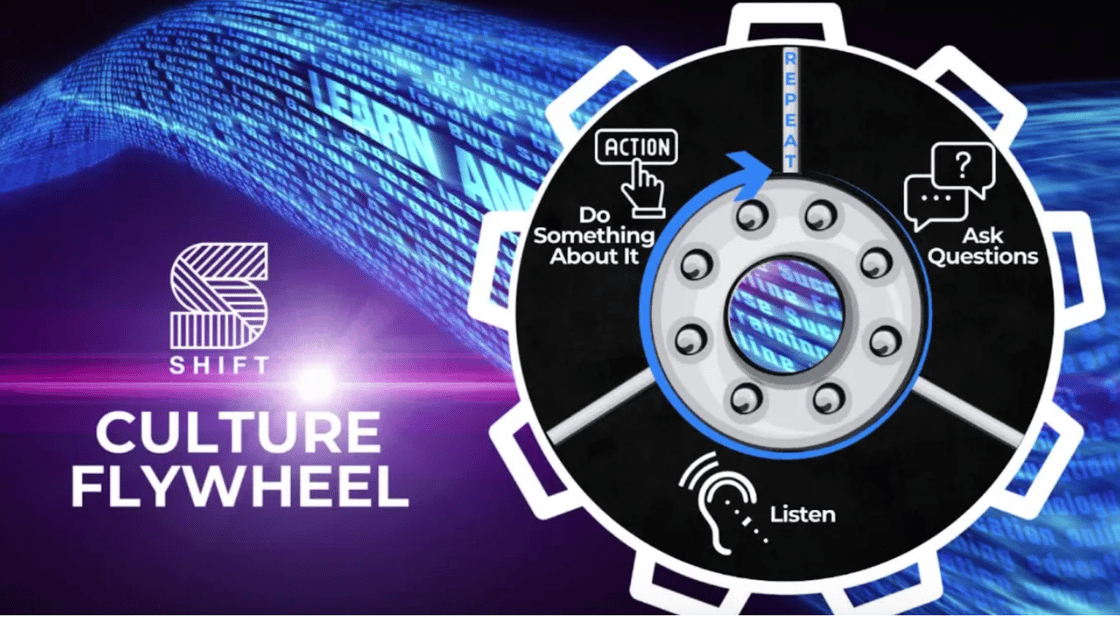
Ever been told, “Just don’t do it?”
That’s the stark advice from Jensen Huang, the mind behind the third most valuable company in the world, Nvidia.
Despite being a billionaire, Huang says he wouldn’t walk the startup path again. Surprised? He shoots straight in this clip — how the pain, the grind, and the moments of doubt weren’t worth the payoff.
He said that being a tech founder is a million times harder than he could have imagined and gave the advice to “Keep expectations low and resilience high.” He also wishes future leaders not just success but pain and sufferingas character carved from adversity trumps raw intellect every time.
Pain and suffering is absolutely part of the experience of being a tech founder, entrepreneur, executive, or frankly anyone in a leadership position. And some of that pain and suffering comes from those closest to you not really understanding the raw reality of your lived experience — including your employees and loved ones.
Over the past 12+ months, our AI sentiment and summary analysis of more than 1000+ Latch users highlighted the five biggest misconceptions and myths employees had about their leaders:
- Leaders prioritize their own interests over the team. This is why asking questions, listening for your team’s input, and then doing something about it is so important. This takes YOU out of the equation and makes it about THEM.
- Leaders are always confident, and never doubt themselves. Wouldn’t that be nice? Many leaders have reached their positions not in spite of their self-doubt, but because of it. Their relentless pursuit of excellence, coupled with an openness to questioning their own assumptions, has propelled them forward. Check out this clip why ”It’s not that simple.”
- Leaders have all the answers. Employees may sometimes believe that their leaders possess all the knowledge and solutions to every problem. It’s important for employees to understand that leaders rely on collaboration and input from their team members to make informed decisions.
- Leaders don’t really care about their employees’ well-being. Most common in organizations where communication is lacking (most of them!), employees may feel that their leaders are indifferent to their well-being. Improving communication and building trust can help dispel this misconception.
- It’s easy at the top. Most employees are completely disconnected from the realities their leaders face such as external pressures, uncertainties, and limitations beyond their control.
💬 What Say You? What misconceptions and myths plague your organization?
The past two decades of steering SHIFT and various other ventures has been far from smooth sailing. While we’ve celebrated big wins and triumphs, we’ve also had to get really cozy with failure:
→ Losing $1MM in 2008 during the Great Recession and my first year of marriage. It broke the company and challenged my long-time partnership with my best friend and partner.
→ Being rejected by 57 literary agents and publishers before my first book, Grow Regardless, hit the NYT Best Seller List.
→ Shutting down SHIFT Recruiting and having to lay off some amazing people in the process.
→ Losing a $3MM client in 2021. This one hurt.
And these failures and setbacks don’t hold a candle to the real struggle of building Latch, our engagement and change management platform.
It has challenged every fiber of our being.
A journey that began with our ambitious vision and mission of changing the way people work, to transform the way they live, we acquired a promising business that automated the change management (cultural flywheel) work we have done for 23 years.

Yet, reality quickly gave us some humble pie — the integration fell apart, revealing the first of many hurdles we hadn’t anticipated.
Undeterred, we pivoted to a direct test with our largest client, achieving what seemed like a breakthrough: completing work in 100 days that typically spanned 12 months. However, just as we started to celebrate, a regulatory curveball in their industry blindsided us. Through no fault of our own, our significant victory evaporated overnight — ugh!
The rollercoaster of highs and lows continued.
Buoyed by our vision and the fact that the problem we are solving costs a 500-person organization upwards of $6.8MM a year, we raised capital, expanded our team, and embarked on a complete platform rebuild. The initial results were promising — nearly $50K in MRR added in mere months.
Yet, fate had more lessons in store.
The SaaS recession of 2022–23 and the meteoric rise of OpenAI’s ChatGPT reshaped industry expectations overnight, challenging us to rethink what was possible.

The subsequent period was our hardest yet. More pain and suffering.
We watched as 70% of our MRR churned away, our financial runway shortening each month. Yet, it was during these dark times that our true strength emerged.
Our team rallied and redoubled our focus, energy, and effort. By the fourth quarter of 2023, we found ourselves with a bit of momentum — a seam in the market.
We’ve doubled the number of humans on the platform (vs. calling them users — yuck!) in the first four months of this year — LFG!! And to make it better, we achieved a 70 NPS score and heard from a client (also an investor), that “the sky’s the limit with Latch!”
Why share this rollercoaster of experiences?
As my friend Matty Christopherson wrote in this post, it’s about “building out loud” and in my words, “showing our work,” which embodies the essence of what it means to lead, to innovate, and to persevere.
Every setback, every failure, and every pivot has been a lesson in resilience, a testament to the power of not just surviving but thriving in the face of adversity.
So, although I appreciate Jensen Huang’s take on “Don’t do it!” I also believe that anything worth doing is hard.
Yet, it’s in the struggle that we find our greatest strengths, our most innovative solutions, and our true purpose. We share this story not for sympathy but in solidarity with every leader and entrepreneur facing their own battles.
Everything is hard.
In many ways, it’s because being an entrepreneur, executive, and leader is about finding a better pattern. And like we talked about a few weeks ago, avoiding the Doom Loop.
Changing a pattern is uncomfortable.
Our fear of the unknown is often greater than the pain of the known, which paralyzes us to stay where we are and do what we’re doing, even though it’s no longer serving us.
We settle for “good enough” because good enough is less daunting than venturing into the wild unknown.
And what constitutes a position “good enough” to never leave?
Good enough doesn’t mean you’re satisfied with your job, lit up by the values of the organization you work for, or fired up by the impact you’re having.
It’s good enough because doing what you’re doing takes less effort and energy than doing something different.
Even when it feels like an unrelenting, miserable grind.
📖 Great books on this subject:
- Jonathan Haidt’s “The Happiness Hypothesis” cracks open the truth that getting knocked down isn’t just part of the game; it’s where the real magic happens. Oh and I can’t wait to read his new one — “The Anxious Generation.”
- “Quit” by Annie Duke is my latest obsession. To stick it out or throw in the towel? Duke gets down to the nitty-gritty of the grit vs. quit showdown and, damn, it hits close to home.
- Viktor Frankl’s “Man’s Search for Meaning” is the gut-check of a lifetime. Frankl digs deep into finding your why in the darkest places. If this guy can find purpose and keep pushing through hell on earth, it lights a fire under you to tackle your own battles.
- “When Bad Things Happen to Good People” this book took on a new meaning for me after losing my brother last year. Kushner flips the script on pain and loss, showing how these moments can forge us into something stronger, more resilient.
- “The Joy of Living Dangerously” by Osho — get comfy with uncertainty and risk because that’s where life really happens. Osho isn’t here to coddle; he’s teaching how real joy is in the freefall and in living true to yourself, no matter the chaos.
- “The Will to Change” by Bell Hooks is all about the guts to grow, personally and together.
- “The Power of Regret” by Dan Pink Pink shows how those “what ifs” and “should haves” aren’t dead ends; they’re detours to a better version of ourselves.
- Ben Horowitz’s “The Hard Thing About Hard Things” doesn’t sugarcoat a damn thing about the grind of building and running a business. Horowitz lays it all out — the sleepless nights, the decisions that weigh you down, and the victories that feel too brief.
I heard it best from one of our biggest clients running a $200MM organization this week, “I am here for the love of the game.” And his team consistently sees him on Latch each week with a straight talk about how the business is doing all while he shows up unapologetically human.
And he does it all while under an immense amount of stress.
If you’re an entrepreneur, executive, or leader — give yourself a huge hug for all that you do, and for your commitment and resilience to keep showing up even when it gets miserably difficult.
And if you work for, or with, other leaders don’t forget to give them some love, check in to see how they’re doing, and acknowledge them for the sacrifices they’re making.
We are all in this together, right?
Joe







